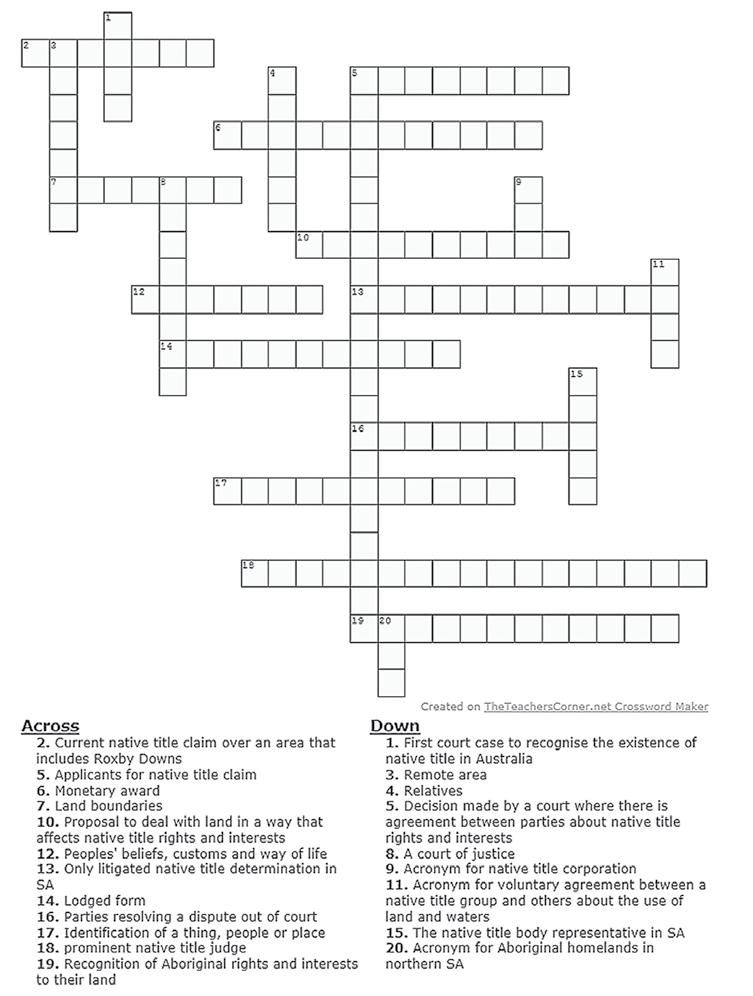
3 minute read
National approach to support Indigenous consumers
Some improvement in Indigenous life expectancy, but gap remains
According to a report by the Australian Institute of Health and Welfare (AIHW), significant improvements in Indigenous life expectancy have been observed but a 10 year gap between Indigenous and non-Indigenous Australians still remains.
Advertisement
The report, ‘Mortality and Life Expectancy of Indigenous Australians’ provides an overview of current patterns and trends in mortality and life expectancy among Aboriginal and Torres Strait Islander people.
The report also showed that the latest estimated life expectancy at birth for Indigenous males was 69.1, and for females it was 73.7 years … 10.6 and 9.5 years lower than the life expectancy of nonIndigenous males and females respectively.
Dr Fadwa Al-Yaman, AIHW spokesperson said “the improvement in life expectancy is driven by declines in mortality.
The overall mortality rate among Indigenous Australians dropped by 9% between 2001 and 2012 and the rates from some causes have also dropped. The report also showed that the latest estimated life expectancy at birth for Indigenous males was 69.1, and for females it was 73.7 years.
This was 10.6 and 9.5 years lower than the life expectancy of non-Indigenous males and females respectively.
Dr Fadwa Al-Yaman, AIHW spokesperson said ‘there are several factors that contribute to the gap in life expectancy”.
Most significant among the factors are chronic diseases, nutritional disorders, cancer and respiratory diseases.
Circulatory diseases were the leading cause of death among Indigenous Australians between 2008 and 2012 (representing 26% of Indigenous deaths), followed by cancer (20%) and injury (15%).
The report noted about two thirds of Indigenous deaths occurred before the age of 65, during the reporting period. In comparison, less than one quarter of non-Indigenous people died before the age of 65.
Dr Fadwa Al-Yaman said “while we’ve seen improvements in death rates from cancer among the non-Indigenous population, death rates from cancer rose among Indigenous people. As such we’ve actually seen a widening of the gap in deaths from cancer.’
To read full report please visit aihw.gov.au
Carbon Farming Initiative Review
The Climate Change Authority released an Issues Paper to assist individuals and organisations to prepare submissions to the Carbon Farming Initiative Review.
The paper identifies matters that the Authority considers most pertinent to the Review, but comments on any other issues that participants consider relevant are also welcome.
The read the Issues Paper please visit climatechangeauthority.gov.au Submissions for the review were provided to the Climate Change Authority last month. The Authority must report to the Parliament through the Minister and publish its findings by 31 December 2014. The Carbon Farming Initiative (CFI) is a greenhouse gas emissions offset scheme. It is a national, voluntary scheme that credits emissions reductions from eligible agriculture, legacy waste and land use, land use change and forestry projects.
This Issues Paper is part of the Climate Change Authority’s first review of the CFI.
The Authority will consider how the CFI has performed during its first two years of operation and options for improvement, taking account of the government’s proposed changes to streamline and expand the scheme.
National approach to support Indigenous consumers
The State Government has given its support to a nationwide effort to prioritise consumer awareness and rights for Indigenous consumers with the South Australian launch of the National Indigenous Consumer Strategy (NICS) Action Plan for 2014-16.
Business Services and Consumers Minister Gail Gago said Australian consumer protection agencies are committed to building awareness, knowledge and confidence for Indigenous people to exercise their consumer rights.
“South Australia’s Indigenous communities are scattered across the state, often in geographically isolated places, which can make them a lot more vulnerable and often targeted by unscrupulous traders.
“We want to ensure that Indigenous people are empowered when it comes to their consumer rights,” Ms Gago said.
The Action Plan for 2014-16 identifies four national priorities: 1. Trading practices – unsolicited sales, misleading promotional activities and book-up 2. Housing – tenancy rights and responsibilities 3. Consumer awareness – consumer rights, financial literacy, knowledge of consumer protection services and complaint processes
4. Contracts – understanding terms and conditions, and the implications of entering into a contract.
The priority areas and actions identified in the Action Plan recognise that consumer agencies need to continually monitor and adapt the way they deliver their services to Indigenous people.
South Australia’s Consumer and Business Services (CBS) will be conducting a number of activities over the next two years to support each of the four priority areas.
This will involve visits to the APY Lands, hosting information stalls at events for Indigenous consumers, and working with community organisations to deliver consumer education programs.
This is the third NICS Action Plan developed by the national, State and Territory consumer protection agencies since the first plan was released in 2003.



